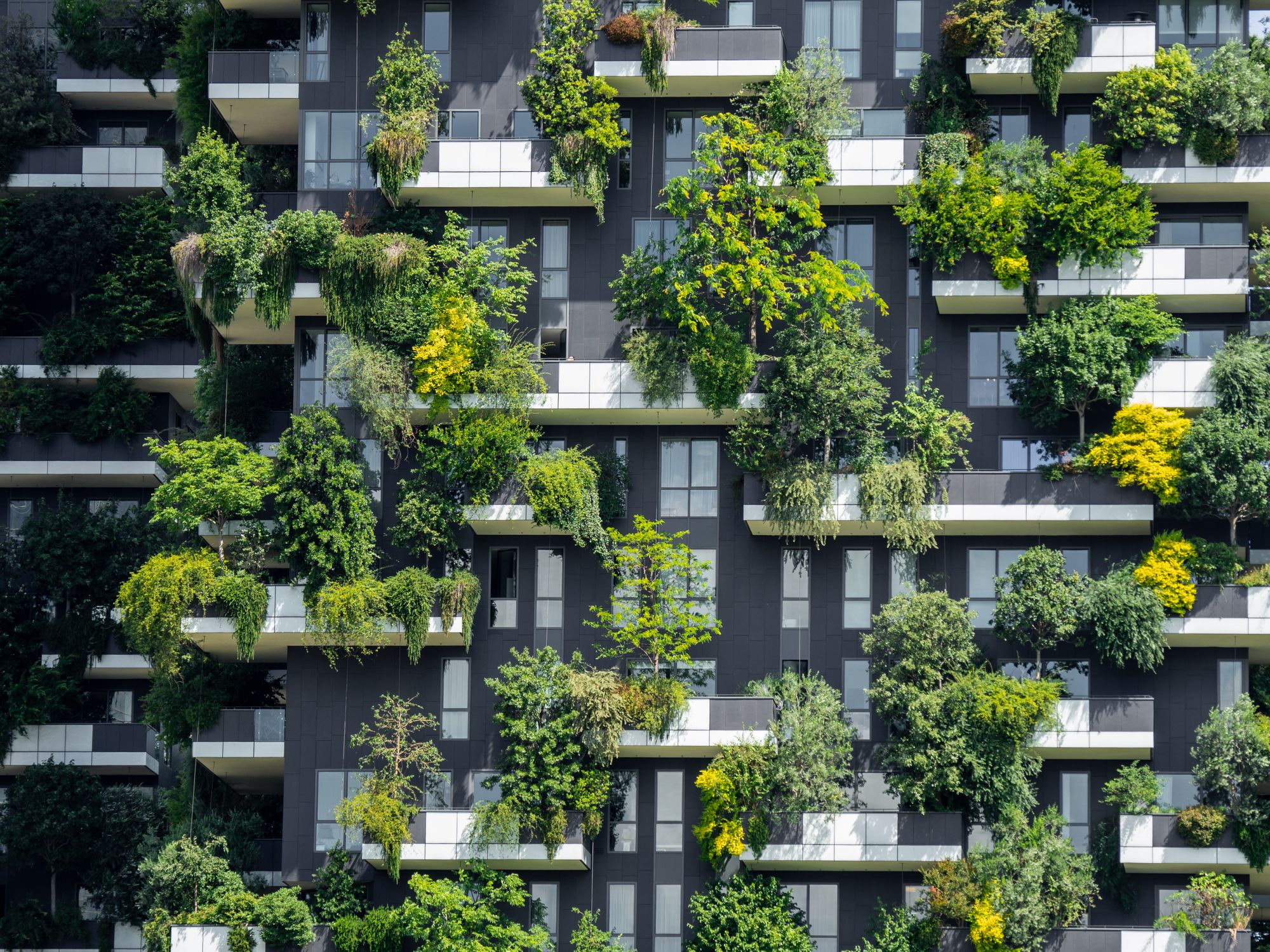
My Winding Path: Reflecting on a Career in Green Building Design and Construction
From zero net energy to carbon neutrality, follow Terra.do mentor Ann Edminster's career in green building design and construction as she offers encouragement and advice to young professionals across the field.
From zero net energy to carbon neutrality, follow Terra.do mentor Ann Edminster's career in green building design and construction as she offers encouragement and advice to young professionals across the field.
Outline
Finding Order in Architecture
My early childhood environment was a major factor in who I am and what I do today. I was very blessed in my access to the natural world, growing up near beautiful beaches and hills in Northern California. From a young age I gravitated to drawing, handcrafts, and making order; I remember using graph paper and cutouts to design multiple ways to arrange a set of bedroom furniture I inherited from my great-grandmother in my small bedroom. Also early on I came to hate waste in all forms, and in middle school volunteered at my town’s first recycling center. A few years later, after a catastrophic oil spill off the coast of Southern California, I spent long hours after school and on weekends cleaning oil-fouled sea birds. Those experiences, along with many backpacking trips in the spectacular Sierra Nevada mountains in my teens and twenties, formed my love of nature and concerns about environmental protection.
At the same time, I was shaped by the social forces around me. My parents, both of whom were teachers, were deeply engaged in social causes and community service. Many of my most memorable youthful experiences were demonstrations for civil rights, farm worker rights, and women’s rights, and against the Vietnam War.
In college, I studied architecture because – although I wasn’t quite sure what I had in mind after getting my degree – it seemed like an occupation where I could blend my aptitudes for math, science, and the arts. My final undergraduate year I lived and studied in Florence, Italy, which profoundly transformed my view of architecture. It expanded my thinking beyond individual buildings to encompass the entire urban environment. I graduated, returned home, and, still uncertain of my direction, detoured into technical publications work for several years. During that time, though, I also began an informal design practice as people in my community learned about my architecture degree and asked for help with home remodeling projects.
A Sense of Place in Natural Building
The experience of designing more than one hundred residential remodels gave me a great understanding of how houses go together and what their issues are. Then, when the seeds of what later came to be called green building were starting to emerge in the early 90s, I finally realized: THIS is where I belong! I enrolled in the Master of Architecture program at UC Berkeley, where I focused on energy efficiency, resource-efficient materials, and housing.
Post-master’s, consulting to non-profits including the Natural Resources Defense Council, I initially focused on natural building methods and green, efficient wood-framed construction practices as a way to reduce pressure on natural forests. After presenting some of my research at the Green Building Challenge ’98 conference in Vancouver, Canada, I was recruited to join the US Green Building Council’s nascent LEED Residential (later called LEED for Homes) Committee.
I led the development of LEED for Homes from about 2000 to 2006, when the pilot launched, after which I helped many early adopters learn and implement the rating system. Around 2008 I started to ask myself a question that has been guiding my career ever since, “What’s the next bigger lever in combating climate change?” The answer at that time, I believed, was zero net energy (ZNE). There wasn’t yet a lot happening in the ZNE realm, but it was starting to gain traction and I felt that I had a good handle on what it took to design and construct a ZNE home. So, with encouragement and help from many generous and deeply expert colleagues, I wrote Energy Free: Homes for a Small Planet, which was published in December 2009. In the years since then, ZNE has become almost a household term, while the leaders in the green design and construction world have continued to evolve and demand more, and now the focus is on zero carbon buildings, along with community-wide clean energy and resilience.
Green Design's Turn Towards Carbon
One of the most gratifying turnings in the last couple of years has been seeing the green design and construction community arrive at a concern I have held since the 90s, when this was the centerpiece of my master’s research – the important role of embodied carbon. The escalating pace of climate disruption has forced this issue to the fore, with green building leaders realizing that while embodied carbon may not represent the largest share of a building’s carbon footprint over its lifespan, it represents a HUGE share of its footprint (perhaps as much as or even more than 80 percent) during the first ten years of the building’s life – that is, the same pivotal decade for arresting and reversing the engine of climate change.
Thus my environmental concerns and my work have come full circle; I now have projects where I am addressing operating carbon (energy), embodied carbon (materials), and resiliency issues holistically. Central to this work are decarbonization and electrification, conjoined concepts being driven by powerful environmental, cultural, and policy forces within and well beyond California. My projects right now include a fun and challenging mix that includes retrofitting existing homes to eliminate natural gas and propane, improve fire resistance, and provide clean backup power; developing and delivering educational frameworks and content for several energy agencies; crafting sustainable building practices and guidelines for an affordable housing developer; and working on advanced energy research and demonstration projects for multifamily communities.
This is a wonderful field to work in. The people are heart-driven, hard-working, and generous of their time and knowledge. The subject matter is stimulating and ever-changing. The pace of change is dizzying – encouragingly so! And the opportunities to make a difference are endless.
Come on in! The water’s warm!
Ann Edminster is a green building consultant and Terra.do mentor. As the Founder/Principal of Design AVEnues LLC, she is very focused on zero-energy and zero-carbon homes and communities. Ann works with architects, engineers, contractors, non-profits, public agencies, research institutes, utilities, supply chain clients, and entrepreneurs to create leading-edge projects and advocate for people- and sustainable building practices at all scales.
More like this
So You're Ready to Step Up on Climate Action. Now What?
Folks ready to learn and do more about climate change have an array of options to get started. What are their respective pros and cons, and how does Terra.do stack up?
Our Next Cohort's Nickname Is the Manatees. Here's Why That's Special.
We've named each graduating class after animals at risk in our warming world, and we've just finished our first full lap through the alphabet.
Couldn’t We All Use More Storage?
Where are we going to put all that clean power from variable renewables like solar and wind? The world of batteries is already ramping up.

 Background
Background



